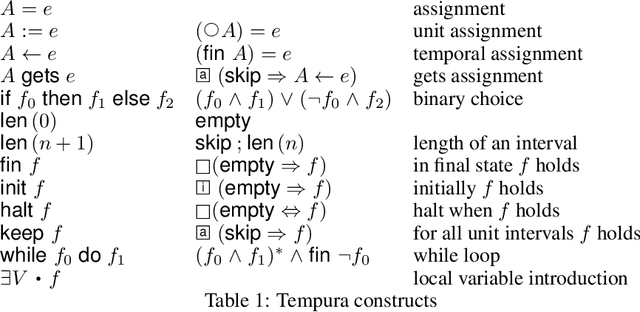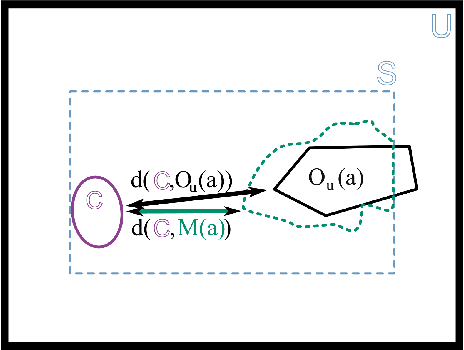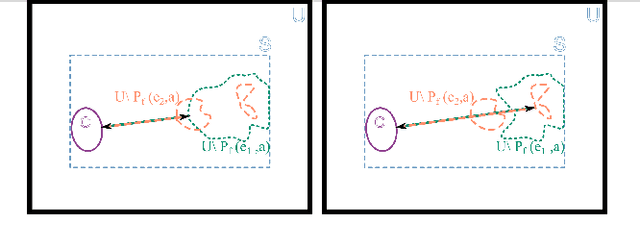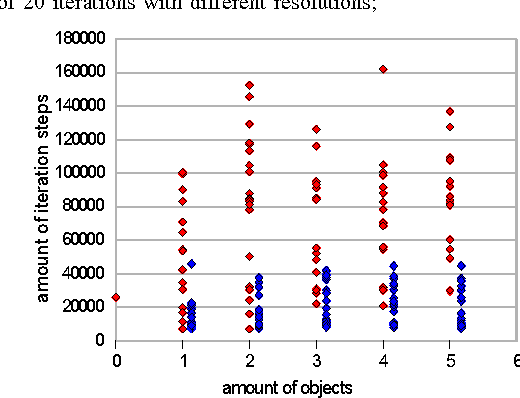Stefan Kuhn
NMR shift prediction from small data quantities
Apr 06, 2023Abstract:Prediction of chemical shift in NMR using machine learning methods is typically done with the maximum amount of data available to achieve the best results. In some cases, such large amounts of data are not available, e.g. for heteronuclei. We demonstrate a novel machine learning model which is able to achieve good results with comparatively low amounts of data. We show this by predicting 19F and 13C NMR chemical shifts of small molecules in specific solvents.
Direct deduction of chemical class from NMR spectra
Nov 06, 2022



Abstract:This paper presents a proof-of-concept method for classifying chemical compounds directly from NMR data without doing structure elucidation. This can help to reduce time in finding good structure candidates, as in most cases matching must be done by a human engineer, or at the very least a process for matching must be meaningfully interpreted by one. Therefore, for a long time automation in the area of NMR has been actively sought. The method identified as suitable for the classification is a convolutional neural network (CNN). Other methods, including clustering and image registration, have not been found suitable for the task in a comparative analysis. The result shows that deep learning can offer solutions to automation problems in cheminformatics.
Executable Interval Temporal Logic Specifications
May 07, 2021
Abstract:In this paper the reversibility of executable Interval Temporal Logic (ITL) specifications is investigated. ITL allows for the reasoning about systems in terms of behaviours which are represented as non-empty sequences of states. It allows for the specification of systems at different levels of abstraction. At a high level this specification is in terms of properties, for instance safety and liveness properties. At concrete level one can specify a system in terms of programming constructs. One can execute these concrete specification, i.e., test and simulate the behaviour of the system. In this paper we will formalise this notion of executability of ITL specifications. ITL also has a reflection operator which allows for the reasoning about reversed behaviours. We will investigate the reversibility of executable ITL specifications, i.e., how one can use this reflection operator to reverse the concrete behaviour of a particular system.
A Pilot Study For Fragment Identification Using 2D NMR and Deep Learning
Mar 18, 2021


Abstract:This paper presents a method to identify substructures in NMR spectra of mixtures, specifically 2D spectra, using a bespoke image-based Convolutional Neural Network application. This is done using HSQC and HMBC spectra separately and in combination. The application can reliably detect substructures in pure compounds, using a simple network. It can work for mixtures when trained on pure compounds only. HMBC data and the combination of HMBC and HSQC show better results than HSQC alone.
Optimal Camera Placement to measure Distances Conservativly Regarding Static and Dynamic Obstacles
May 17, 2011



Abstract:In modern production facilities industrial robots and humans are supposed to interact sharing a common working area. In order to avoid collisions, the distances between objects need to be measured conservatively which can be done by a camera network. To estimate the acquired distance, unmodelled objects, e.g., an interacting human, need to be modelled and distinguished from premodelled objects like workbenches or robots by image processing such as the background subtraction method. The quality of such an approach massively depends on the settings of the camera network, that is the positions and orientations of the individual cameras. Of particular interest in this context is the minimization of the error of the distance using the objects modelled by the background subtraction method instead of the real objects. Here, we show how this minimization can be formulated as an abstract optimization problem. Moreover, we state various aspects on the implementation as well as reasons for the selection of a suitable optimization method, analyze the complexity of the proposed method and present a basic version used for extensive experiments.
 Add to Chrome
Add to Chrome Add to Firefox
Add to Firefox Add to Edge
Add to Edge